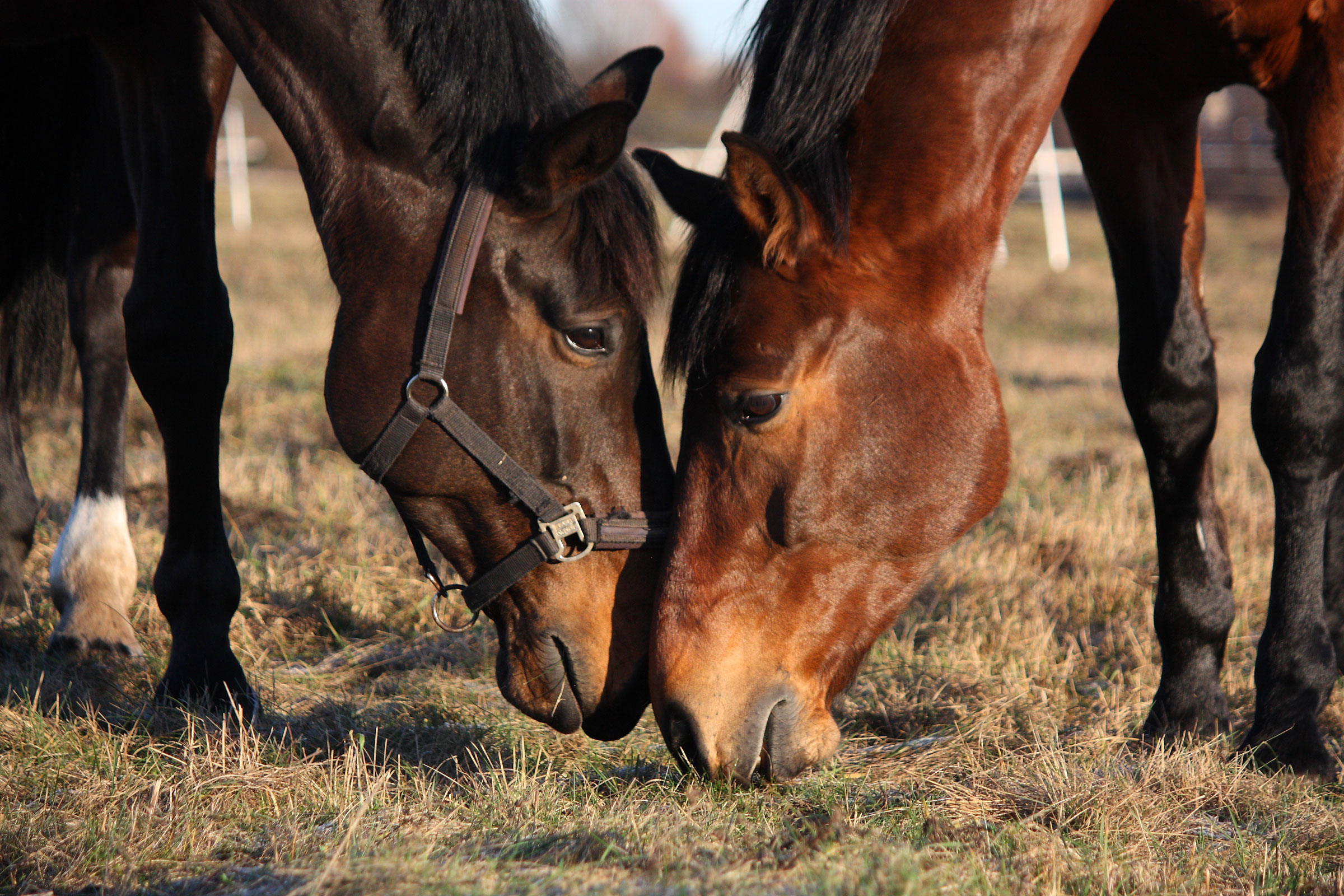
Sometimes we connect so deeply with our horses that we almost forget they’re different from us. In reality, it’ll blow your mind to discover how incredibly unique horses’ bodies truly are. Here are three things about your horse you didn’t know:
The Best Way to Determine a Horse’s Age is by Examining Her Teeth
By simply looking at a horse, it’s difficult to get an accurate read on her age. The secret is to look closely at her teeth. By taking into account a horse’s environment and eating habits, a trained eye can determine the age of a horse with a considerable degree of accuracy. Stabled animals tend to appear younger than they are, whereas those grazing sandy areas, such as range horses, appear relatively old because of wear on their teeth.
Horses Don’t Just Read Each Other’s Faces, They Read Each Other’s Ears
Horses have a huge range of motion in their ears. Using 16 different muscles, they can rotate their ears 180 degrees. This control means that a horse will project much of how she’s feeling through her ears. For instance, when a horse’s ears are flopping down, it means the animal is relaxed. Pinned back means the horse is expressing anger. When a horse is interested in something, she pricks up her ears and swivels them towards whatever has caught her attention. Researchers have learned that horses actually look at each other’s ears to read each other’s moods.
Arthritis is the Most Common Soundness Issue with Older Horses
As your horse gets older, the likelihood of arthritis problems increase. In fact, it’s the most common soundness problem in older horses. While arthritis can’t always be prevented, managing your horse’s weight can help. This is because the more excess weight a horse has to carry on her joints, the more painful it is. A perfect way to help maintain your horse’s weight is by utilizing the right diet and feeding methods. Visit our website at standleeforage.com under nutritional resources to view a list of nutritional white papers with great tips to help manage your horse’s health and weight.


